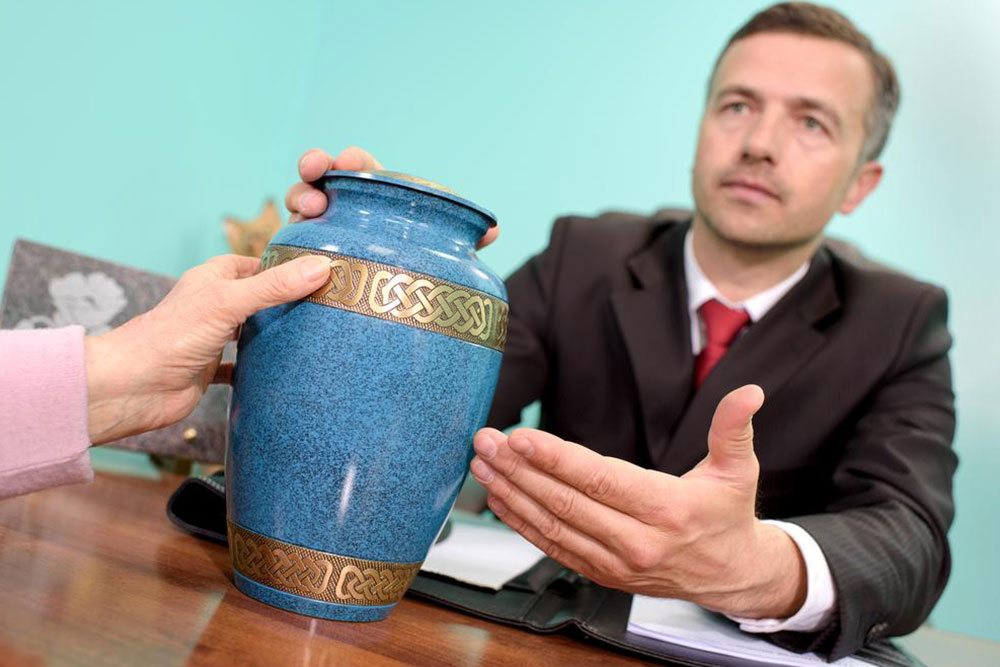Guide to Cremation Services in Australia
This comprehensive guide explains cremation services available in Australia, covering the process, legal requirements, provider considerations, environmental impacts, and cultural practices. It aims to help families make informed decisions during difficult times by understanding their options for honoring loved ones respectfully and sustainably.

Cremation Services in Australia: An In-Depth Overview
In Australia, families choosing between burial and cremation as final arrangements for loved ones often base their decision on personal, cultural, or religious beliefs. Over recent years, cremation has gained popularity due to its practicality and cost-effectiveness compared to traditional burials. This article provides insights into the cremation process, legal requirements, and options available, helping families navigate this sensitive decision with confidence and respect during their time of loss.
Understanding Cremation
Cremation involves reducing a body to ashes through high-temperature burning in specialized facilities called crematoriums. In Australia, it is regarded as a respectful way to honor the departed, with various choices for the final disposition of the remains.
This process requires legal documentation, including death certificates and authorizations, and generally involves placing the body in a suitable container before cremation. The body is then heated to around 760-980°C, turning organic material into ashes and small bone fragments. Post-cremation, the remains are cooled and processed into fine ash, stored in urns or temporary containers, ready for final arrangements.
Key Legal and Regulatory Aspects
Cremation laws in Australia are governed by state authorities to ensure environmental and ethical standards. Common legal steps include:
Certification of the cause of death by a medical professional or coroner.
Registering the death with the relevant government authorities.
Obtaining written consent from family members or legal representatives to proceed.
Choosing a Cremation Provider
When selecting a provider, consider their reputation, customer reviews, available services like memorial ceremonies or keepsake options, and transparent pricing for transport, cremation, urns, and extras.
Environmental Impact
Cremation generally has a smaller ecological footprint than burial, reducing land use and long-term maintenance of graves. Innovations such as bio-cremation, which uses water and alkalis, are emerging to further lessen environmental effects.
Handling Ashes
Families can choose to bury, scatter, or keep parts of the ashes in jewelry or memorial objects. Scattering options include memorial gardens, water, or personal locations significant to the deceased.
Cultural and Religious Considerations
Practices around cremation vary by community. Hindu traditions view cremation as essential, while some Christian groups prefer burial but are increasingly accepting cremation. Respecting these diverse customs is central to honoring loved ones.
In Australia, cremation provides a dignified, flexible way to say farewell. Understanding the legal procedures, options, and cultural sensitivities helps families make informed, respectful choices during their difficult time.









